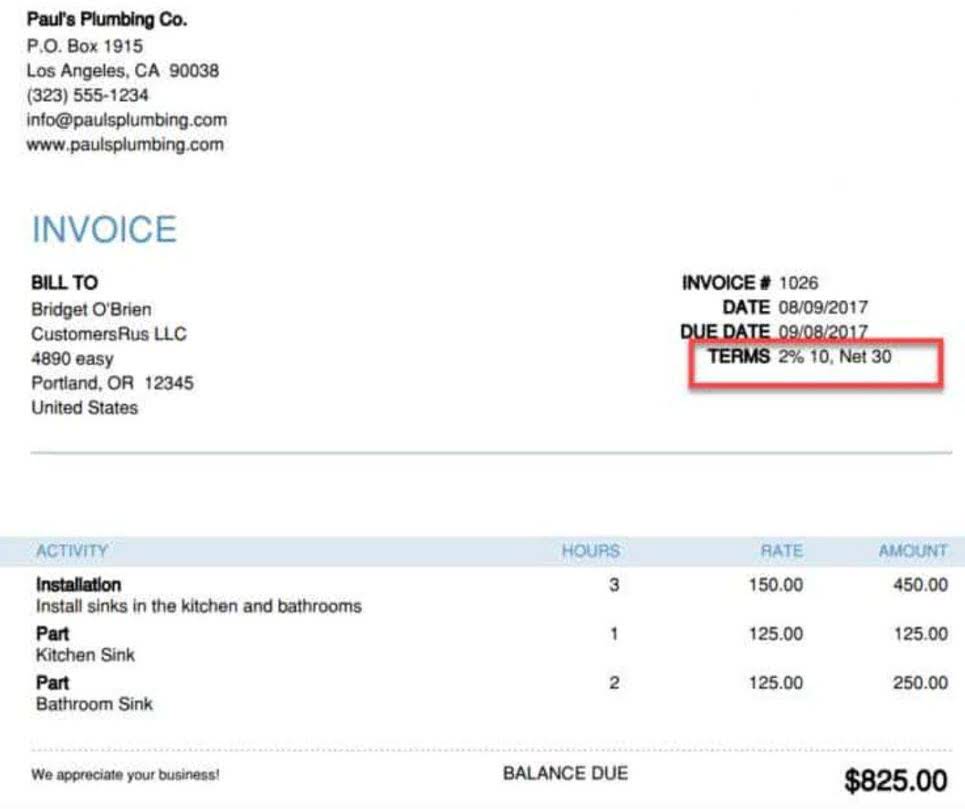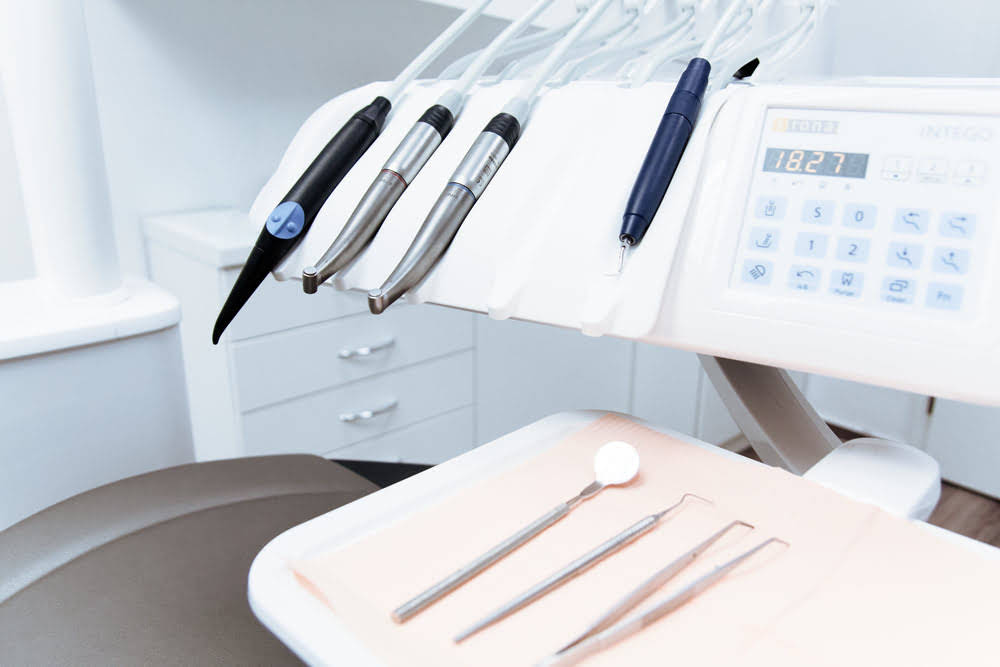Content
- Alert: highest cash back card we’ve seen now has 0% intro APR until 2024
- Why Should Business Owners Care About Accumulated Depreciation?
- Need help with accounting? Easy peasy.
- Accumulated Depreciation vs. Accelerated Depreciation
- A Small Business Guide to Accumulated Depreciation
- What is accumulated depreciation?
- Finding Accumulated Depreciation on Your Balance Sheet
- Business Assets on a Balance Sheet

Each year, the accumulated depreciation as a contra asset account increases by $10,000. At the end of five years, for instance, the annual depreciation expense remains at $10,000, whereas the accumulated depreciation will grow to $50,000. On most balance sheets, accumulated depreciation appears as a credit balance just under fixed assets. In some financial statements, the balance sheet may just show one line for accumulated depreciation on all assets. Once purchased, PP&E is a non-current asset expected to deliver positive benefits for more than one year. Rather than recognizing the entire cost of the asset upon purchase, the fixed asset is incrementally reduced through depreciation expense each period for the duration of the asset’s useful life. Accumulated depreciation represents the total depreciation of a company’s fixed assets at a specific point in time.

Small businesses have fixed assets that can be depreciated such as equipment, tools, and vehicles. For each of these assets, accumulated depreciation is the total depreciation for that asset up to and including the current accounting period. Accumulated depreciation appears on the balance sheet as a reduction from the gross amount of fixed assets reported. It is usually reported as a single line item, but a more detailed balance sheet might list several accumulated depreciation accounts, one for each fixed asset type. Accumulated depreciation is recorded as a contra asset via the credit portion of a journal entry. Accumulated depreciation is nested under the long-term assets section of a balance sheet and reduces the net book value of a capital asset. Accumulated depreciation is the total amount an asset has been depreciated up until a single point.
Alert: highest cash back card we’ve seen now has 0% intro APR until 2024
A machine purchased for $15,000 will show up on the balance sheet as Property, Plant and Equipment for $15,000. Over the years the machine decreases in value by the amount of depreciation expense. In the second year, the machine will show up on the balance sheet as $14,000. The tricky part is that the machine doesn’t really decrease in value – until it’s sold. The total decrease accumulated depreciation in the value of an asset on the balance sheet over time is accumulated depreciation. The values of all assets of any type are put together on a balance sheet rather than each individual asset being recorded. Accumulated depreciation is the total depreciation for a fixed asset that has been charged to expense since that asset was acquired and made available for use.
- This is why, when a piece of equipment is purchased, say for $20,000, the $20,000 figure is maintained on the general ledger and the asset’s depreciation is recorded separately.
- Each period, the depreciation expense recorded in that period is added to the beginning accumulated depreciation balance.
- It is calculated by subtracting the value an asset is predicted to retain until it is exhausted from the asset’s worth at the time it was acquired.
- If the vehicle is sold, both the vehicle’s cost and its accumulated depreciation at the date of the sale will be removed from the accounts.
The depreciable base for the building is $240,000 ($250,000 – $10,000). Divided over 20 years, the company would recognized $20,000 of accumulated depreciation every year. She is an expert in personal finance and taxes, and https://www.bookstime.com/ earned her Master of Science in Accounting at University of Central Florida. Accumulated depreciation account represents the depreciation expense charged for the company from the year in which the asset was put to use…
Why Should Business Owners Care About Accumulated Depreciation?
The intent behind doing so is to approximately match the revenue or other benefits generated by the asset to its cost over its useful life . If an asset is sold or disposed of, the asset’s accumulated depreciation is removed from the balance sheet. Net book value isn’t necessarily reflective of the market value of an asset. A liability is a future financial obligation (i.e. debt) that the company has to pay. Accumulation depreciation is not a cash outlay; the cash obligation has already been satisfied when the asset is purchased or financed.
Is Accumulated Depreciation an Asset?
Accumulated depreciation is a contra asset that reduces the book value of an asset. Accumulated depreciation has a natural credit balance (as opposed to assets that have a natural debit balance). However, accumulated depreciation is reported within the asset section of a balance sheet.
However, accumulated depreciation increases by that amount until the asset is fully depreciated in year ten. Accumulated depreciation of an asset is an important financial metric for the business as it reduces a firm’s value on the balance sheet. Depreciation expense is recorded on the income statement as an expense and represents how much of an asset’s value has been used up for that year. To see how the calculations work, let’s use the earlier example of the company that buys equipment for $50,000, sets the salvage value at $2,000 and useful life at 15 years. The estimate for units to be produced over the asset’s lifespan is 100,000. Accumulated depreciation totals depreciation expense since the asset has been in use. Tracking the depreciation expense of an asset is important for reporting purposes because it spreads the cost of the asset over the time it’s in use.
Need help with accounting? Easy peasy.
When an asset is put to use, it eventually tends to perform in the later years because of its wear and tear. In accounting terms, as per the matching principle, the reduction in the value of asset is matched with the revenues generated by using the asset. A depreciation journal entry records the current depreciation amount as a debit to a Depreciation expense account and a credit to an Accumulated Depreciation contra-asset account. Each period in which depreciation is recorded, the carrying value of the fixed asset, i.e. the property, plant and equipment (PP&E) line item on the balance sheet, is gradually reduced. Eventually, when the asset is retired or sold, the amount recorded in the accumulated depreciation and the asset’s original cost will be reversed. This will eliminate all asset records from your balance sheet, which is vital as it prevents the building up of massive gross fixed asset costs and accumulated depreciation on your balance sheet. This means that, regardless of when the actual transaction is made, the expenses that are entered into the debit side of the accounts should have a corresponding credit entry in the same period.
- You can continue to accrue depreciation expense until you get rid of the asset, so don’t forget to book your last adjusting entry for depreciation before disposing of it.
- You’ll note that the balance increases over time as depreciation expenses are added.
- Since accumulated depreciation is a balance sheet account, it remains on your books until the asset is trashed or sold.
- Calculating accumulated depreciation is a simple matter of running the depreciation calculation for a fixed asset from its acquisition date to the current date.
- Depreciation expenses, on the other hand, are the allocated portion of the cost of a company’s fixed assets for a certain period.
- She enjoys writing in these fields to educate and share her wealth of knowledge and experience.
- The equipment is going to provide the company with value for the next 10 years, so the company expenses the cost of the equipment over the next 10 years.

Recent Comments